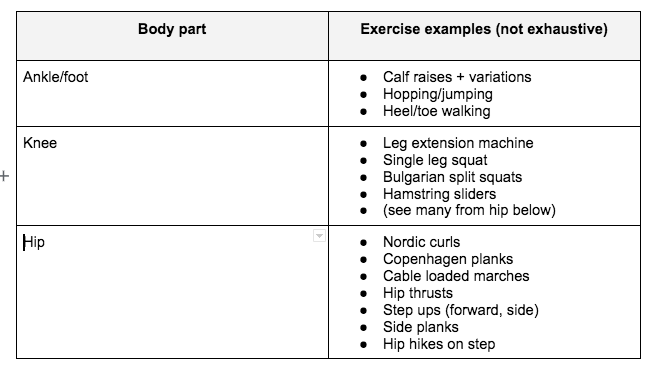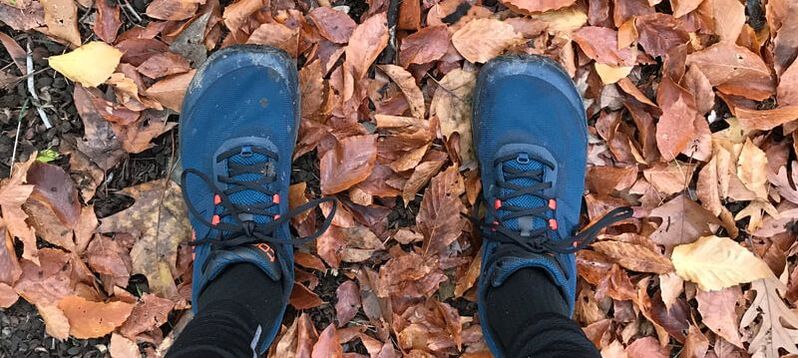|
Running is a common cross training activity for cyclists, particularly during the colder months. Between clothing choices, limited light and road conditions, running can be the easier and safer choice. Despite the MANY pros of running, one potential con is the risk of injury. Runners are inherently injury prone. Studies report a range of 20-80% of runners get injured during a single training year (1). Cyclists are not immune and arguably at an increased risk. The question is what can cyclists do to enjoy running and limit injury risk?  The biggest mistake cyclists make is running at an intensity and volume their connective tissue is not prepared for. Cycling is a relatively low impact activity. There are high cardiovascular demands but limited anabolic stimulus for structures such as tendons, bone and cartilage. The unique downfall of a cyclist is their motors are massive, but the scaffolding is not prepared for the higher impact of running. There are two major areas of influence for cyclists who would like to get into running; the running itself and strengthening. This is not to downplay factors such as sleep, diet, social connections and life-stress management. The running itself: Cyclists need to adopt significant self control when initiating a running program. You are not just any inexperienced runner, you are a fit inexperienced runner. There are a few pragmatic strategies when getting back into running. 1. Start “stupid” slow. Consider slow jogging or even fast paced walking to ease your way into running faster. 2. Consider starting on flat ground, limiting hills and uneven surfaces. 3. Start small. Think 1-2 miles to start and progressively build volume from there. If you are a numbers person, I will throw out the 10% rule. This is where you increase volume by no more than 10% each week. It is not foolproof but can assist with self control if hard constraints are needed. Axillary exercise: Guess what, gym work helps, particularly strengthening. Surprise! Connective tissue loves to be loaded heavy and slow. Your muscles do not have to get bigger or even stronger per say to enjoy the benefits of strengthening. Simply the process produces a more robust system to then meet the demands of a higher impact activity such as running. Consider a pragmatic strengthening program that targets the entire lower body chain (see table below for list of examples). I write this as a reaction to my own experience attempting to run as a cyclist. I was plagued by injuries until I realized my downfall was simply overextending myself despite feeling strong and fit (big motor no substance). Some are lucky enough to be injury free without much intervention, but not all. This is for the latter. Source: R N Van Gent et al. Incidence and determinants of lower extremity running injuries in long distance runners: a systematic review. British Journal of Sports Medicine. Aug 2007. https://pubmed.ncbi.nlm.nih.gov/17473005/ Comments are closed.
|
Author:
|
Proudly powered by Weebly


 RSS Feed
RSS Feed